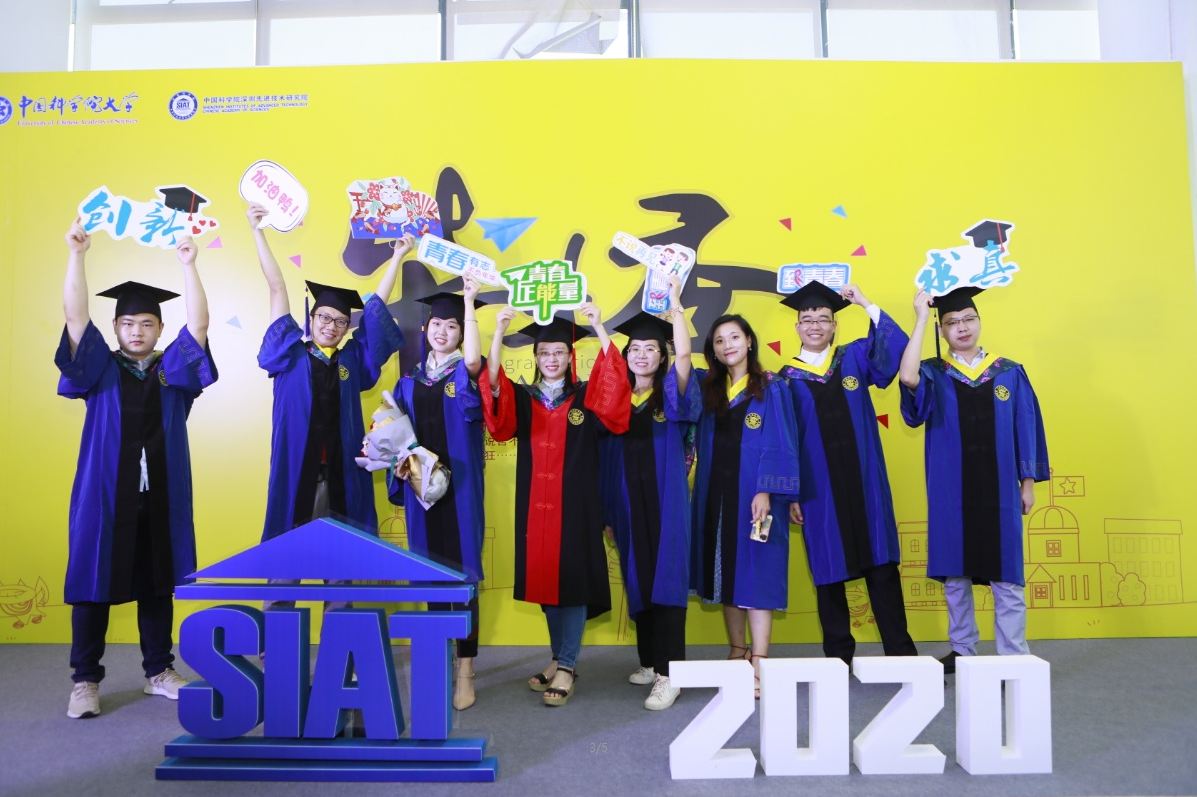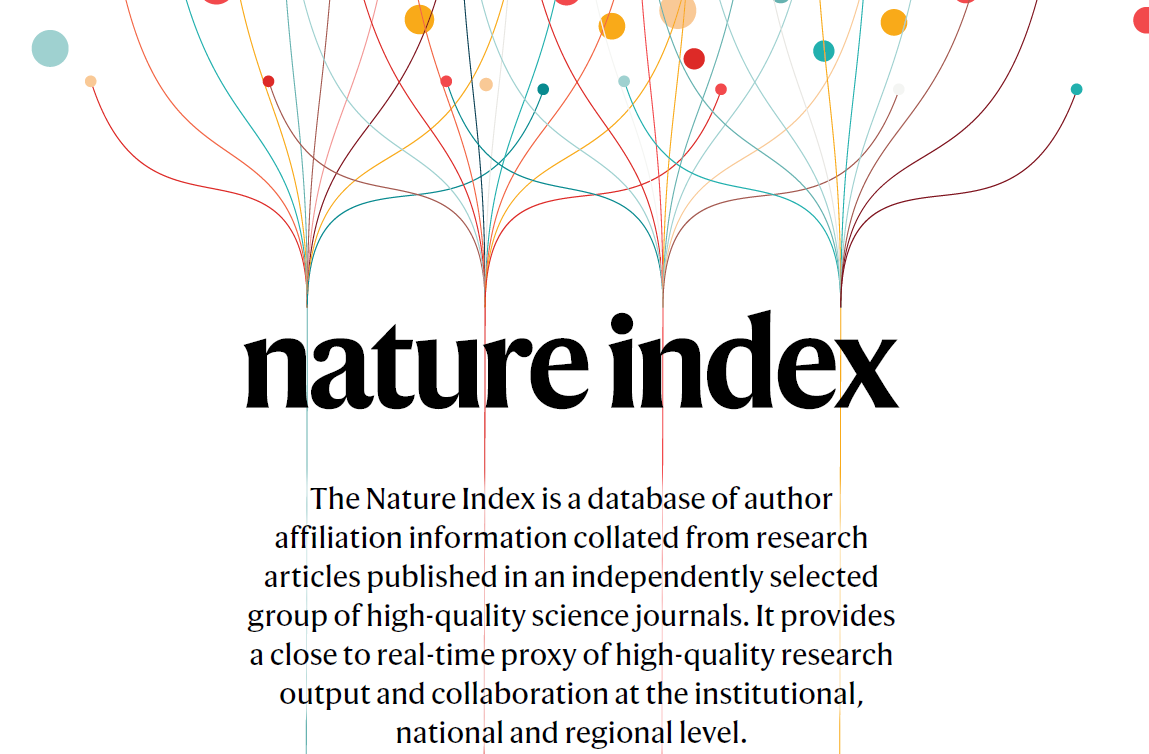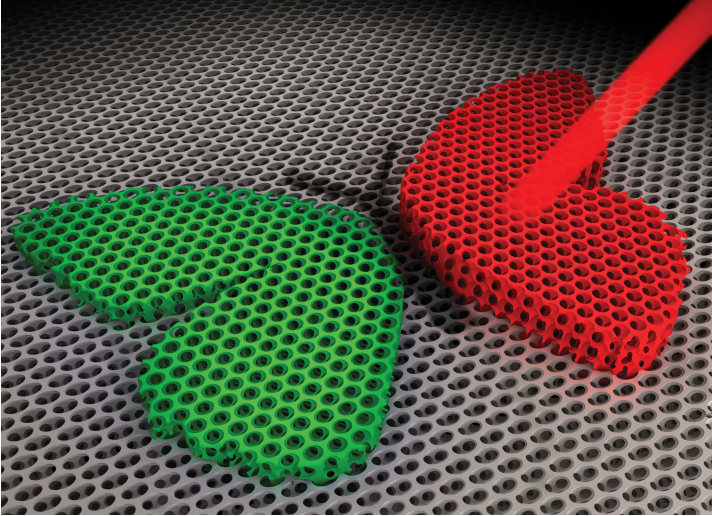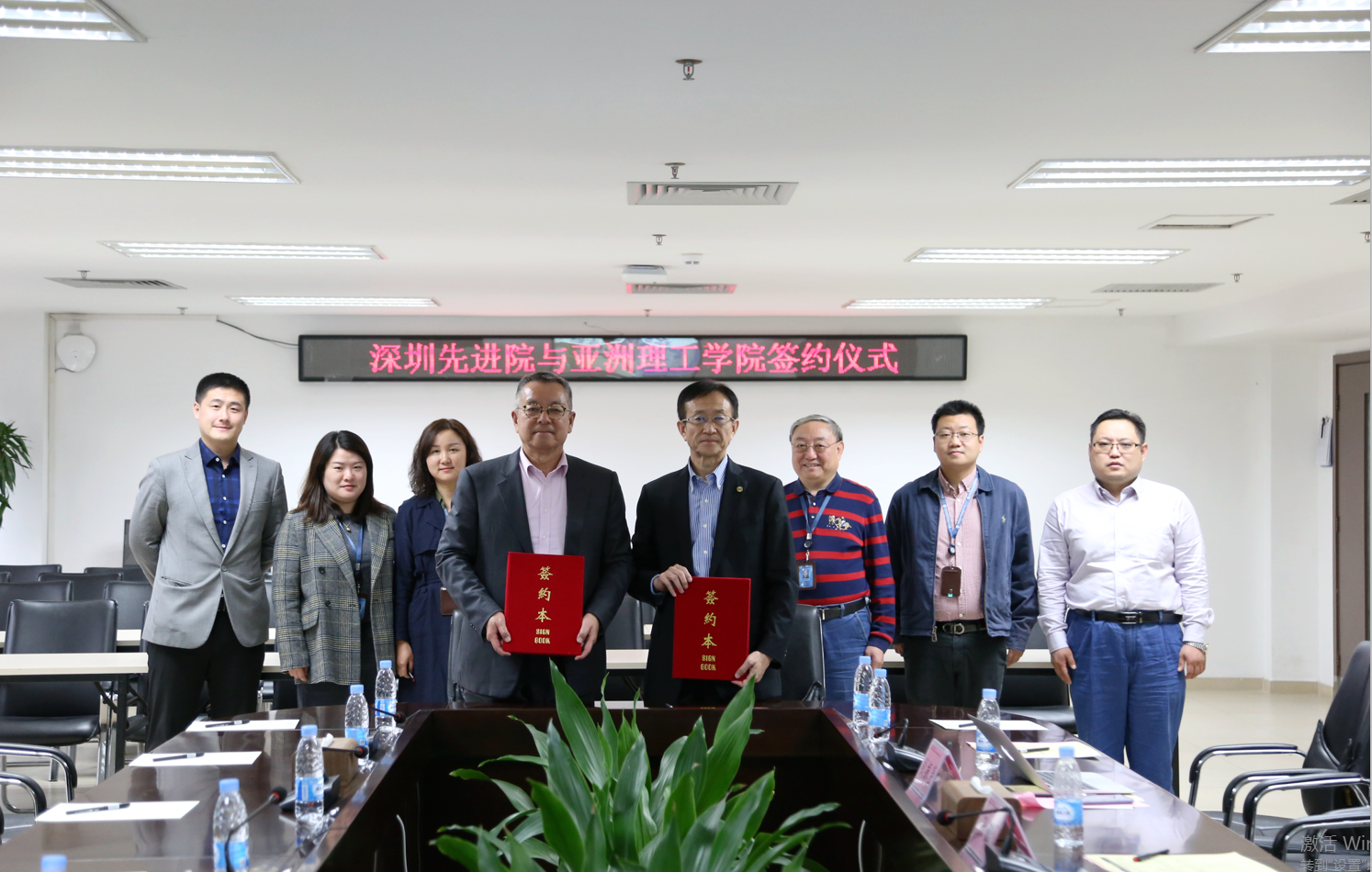
SIAT Innovate
-
Jul 13, 2020Graduation Ceremony for the Class of 2020As a national research institute, SIAT has cultivated more than 9000 graduates from 15 countries covering the fields of Computer Science and Technology, Control Science and Technology, Biology, and... Shenzhen Institutes of Advanced Technology (SIAT) of the Chinese Academy of Sciences held its graduation ceremony for the Class of 2020 on June 23, witnessed glorious graduation of 179 PhDs and Mas...
-
Jul 09, 2020SIAT Publications Reach Record High in Newly Nature IndexSIAT saw a 22.86% growth to 26.06 from same period last year, and ranked 19th among all CAS affiliated institutes. Nature Index provides absolute and fractional counts of publication productivity at the institutional and national level and, as such, is one indicator of global high-quality research output.Recent...
-
Jul 07, 2020Smart Polymers Design Empowers Actuators With Biological CharactersInteractive sensors and actuators, with the “intelligence” of sensing the environment and responding accordingly, are essential for human-machine interaction. However, it remains a critical chall...
-
Mar 01, 2020My experience in China-a young Nigerian academic at SIATOluwarotimi Williams Samuel, PhD, Associate Professor, obtained a doctorate degree in Pattern Recognition and Intelligent Systems from the University of the Chinese Academy of Sciences, Beijing in ... Recently, I was appointed to the rank of Associate Professor. Meanwhile I gained a wealth of experience during my Postdoctoral Research Fellowship, courtesy of the CAS-PIFI programme at the Center ...
-
Feb 18, 2020SIAT and AIT Sign Memorandum of CooperationOn January 13, Shenzhen Institutes of Advanced Technology, Chinese Academy of Sciences Chinese (SIAT) and the Asian Institute of Technology, Thailand (AIT) signed a memorandum of cooperation. On January 13, Shenzhen Institutes of Advanced Technology, Chinese Academy of Sciences Chinese (SIAT) and the Asian Institute of Technology, Thailand (AIT) signed a memorandum of cooperation.Presid...
-
Jan 13, 2020SIAT Host New Year Event for Foreign FriendsShenzhen Institutes of Advanced Technology witnessed its first Chinese New Year Event for international students and staff on the afternoon of January 9. Organized by the Education Department and c... More than 30 foreigners from 17 countries celebrated the Chinese New Year at Shenzhen Institutes of Advanced Technology, Chinese Academy of Sciences (SIAT) on the afternoon of January 9, which is t...
-
Dec 24, 2019New Alliance Established to Foster Neuroscience ResearchChina has set up an academic and industrial alliance of brain cognition and brain disease in the southern Chinese city of Shenzhen, according to the Chinese Academy of Sciences (CAS). China has set up an academic and industrial alliance of brain cognition and brain disease in the southern Chinese city of Shenzhen, according to the Chinese Academy of Sciences (CAS).The alliance w...
-
Nov 21, 2019Researchers Develop Electrolyte with Stable Cycling LifeChinese researchers have developed a new type of electrolyte to provide stable power cycling retention of batteries, according to the Chinese Academy of Sciences (CAS) on Tuesday. Chinese researchers have developed a new type of electrolyte to provide stable power cycling retention of batteries, according to the Chinese Academy of Sciences (CAS) on Tuesday, Nov. 19Sodium-bas...







